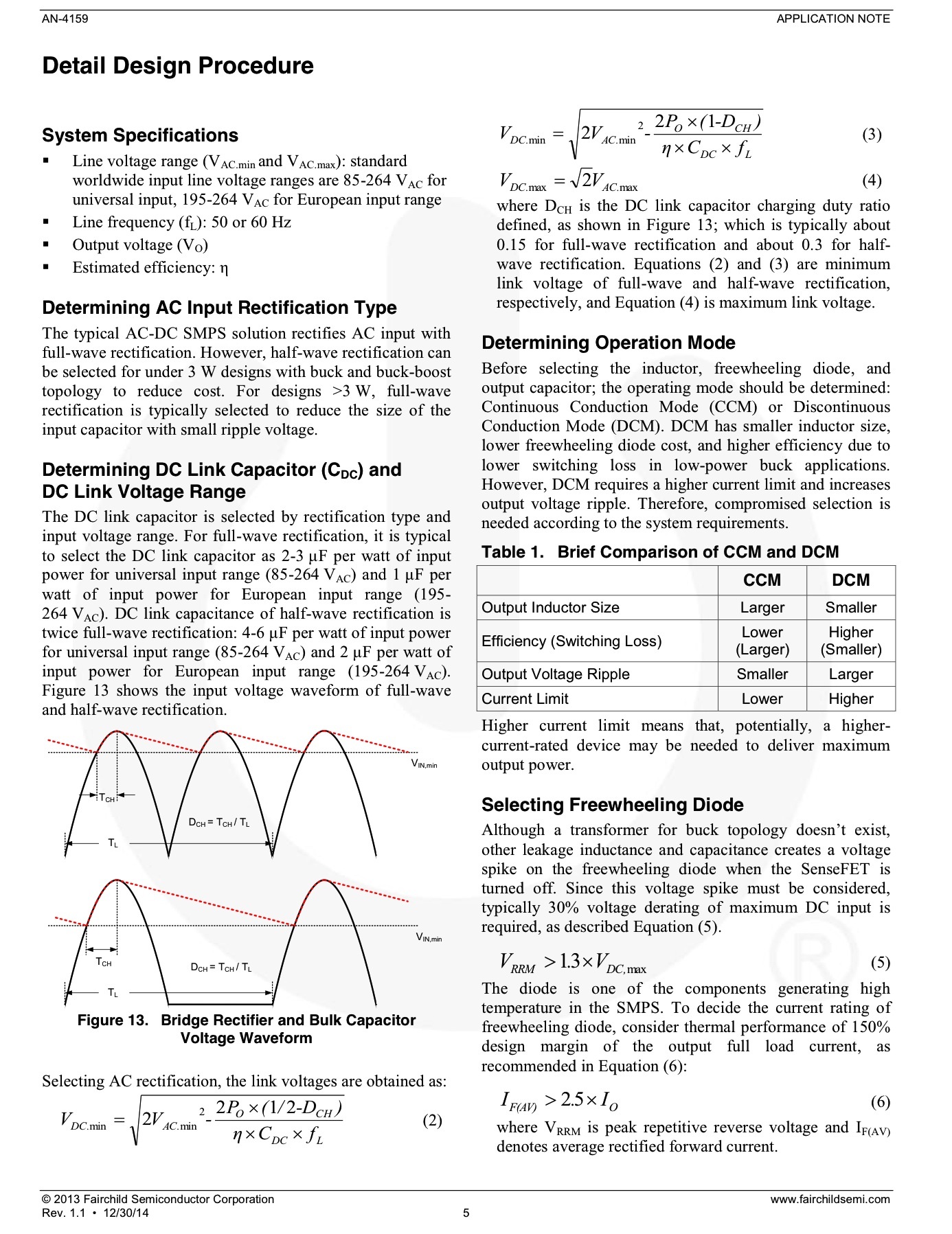Hi again,
tvtech:
Yeah it has been very interesting to do this and look at the solutions. We can also have a practical thing come out of all this soon, which should satisfy the non-theory lovers
Ratch:
Yes that looks good, and also nicely illustrates how straight that exponential really is when we do a practical circuit.
Electrician:
You reading my mind?
i was just about to do something like that, and also, it would be kind of cool to come up with a formula to express the ratio of the full wave case capacitor to the half wave case capacitor. This would tell us and others what benefit we can get from going to full wave as opposed to half wave. Then we could obtain an estimate for this ratio, that would be a really practical thing (since many people want and even need that kind of solution).
So who's up for it?
I don't know, I am falling in lust with graphs. I like the BIG picture. Keep in mind that a there are two diode voltage drops with a four diode bridge. One pair for the positive excursion, and a pair for the negative excursion. If you use a center tap transformer, then only two diodes are needed, and only one diode voltage drop will reduce the voltage.
Ratch





